Carriage House Second Floor
The Second Floor/Main floor of Poundmaker’s Lodge Carriage House. This Floor is Presently Used as an Equipment Storage Area by the Alberta Government. It likely Served a Similar Function While Part of the Edmonton Indian Residential School. Click on the triangle to load the point cloud. Labels on the point cloud indicate past room functions.
“I want to get rid of the Indian problem… Our objective is to continue until there is not an Indian that has not been absorbed into the body politic, and there is no Indian question, and no Indian Department…” – Duncan Campbell Scott, 1920
Now used for storage for Alberta Culture, the first floor of the carriage house used to be used for storing of equipment and supplies for the residential school, such as items used for labour around the grounds which was primarily conducted by students. While education was supposed to be a core goal of the residential school system, children who attended oftentimes spent a lot of their time on vocational “training” and undertaking activities for the running and maintained of the school itself. During the harvest, for example, older boys would often spend their entire day working on the farm [1]
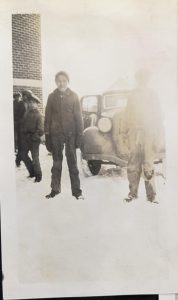
Countless examples of the acceptance of student as labourers are peppered throughout the DIA records. When the DIA agreed to an EIRS request to build a farmer’s cottage in correspondence from May 18,1927, Deputy Superintendent Scott suggested keeping costs low by employing “as much of the school labour as possible” [1,2]
During the harvest, older boys often spent the entire day on the farm, which, by 1929, consisted of 500 acres under cultivation, including 110 acres of wheat, 125 acres of oats, and 40 acres of barley. The potato crop that year produced 3,000 bushels. By 1933, livestock consisted of 15 horses, 59 cattle (both beef and dairy), 135 pigs, 50 chickens and 25 turkeys.
Principal Woodsworth wrote of his students being pulled out of class to haul water into the school during the 10 days in April of 1929 that EIRS was without water, as well as using school labour to build a new shed in preparation for the arrival of additional students from the Brandon IRS [1,2]. Similarly, in preparation for students moving to the new school, Acting Deputy Superintendent General, A.S. Williams wrote in March of 1931 that “staff and older boys” would be responsible for setting up the furniture and supplies [4].
By 1949 it was suggested to the church that students should no longer be used for this kind of labour, but it was not until 1955 that the administration of the Edmonton IRS finally made changes that resulted in more classroom time for students.
Overcrowding
The carriage house was used to accommodate students when there was not enough room in the main school building. Overcrowding was a consistent problem in many Indian Residential Schools. The cause appears to be two-fold. First, the per capita grant funding model used by the Department of Indian Affairs was flawed. It assigned a fixed allowance for each student registered. This funding model was the primary source of operational funds, following the construction of a school, and therefore, more students meant more money. Second, churches wanted to recruit and retain students within their denominational faith, a practice that is discussed below. Even with overcrowding, the funds did not leave enough to cover the cost of salaries, basic supplies, or food. Consequently, repairs, maintenance and capital projects were done poorly or not at all.
Notes:
[1] United Church of Canada. 2022. Edmonton Indian Residential School. The Children Remembered. Electronic document, https://thechildrenremembered.ca/school-histories/edmonton/, accessed February 23, 2022.
[2] Ma, K. 2018. The Red Road of Healing. St. Albert Today 13 July. Electronic document, https://www.stalberttoday.ca/local-news/the-red-road-of-healing-1299235, accessed on August 3, 2022.
[3] Poundmaker’s Lodge and Treatment Centre (PLTC). 2022. About. Electronic document, https://poundmakerslodge.ca/about/, accessed August 29, 2022.
[4] Wallace, R. and N. Pietrzykowski. 2022. Digital IRS Archival Research Unpublished report prepared by Collective Heritage Consulting for P. Dawson, University of Calgary. On file in Department of Anthropology and Archaeology, University of Calgary, Calgary.
The following virtual tour was created using panospheres from the Z+F 5010X laser scanner. Use your mouse or arrow keys to explore each image. Click on an arrow to "jump" to the next location.
This image gallery shows historic and modern photos related to the first floor of the carriage house. Click on photos to expand and read their captions. If you have photos of the Edmonton IRS that you would like to submit to this archive, please contact us at irsdocumentationproject@gmail.com.
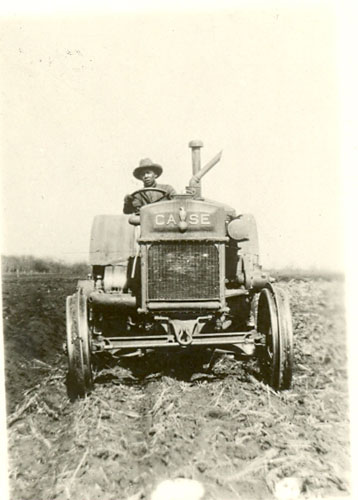
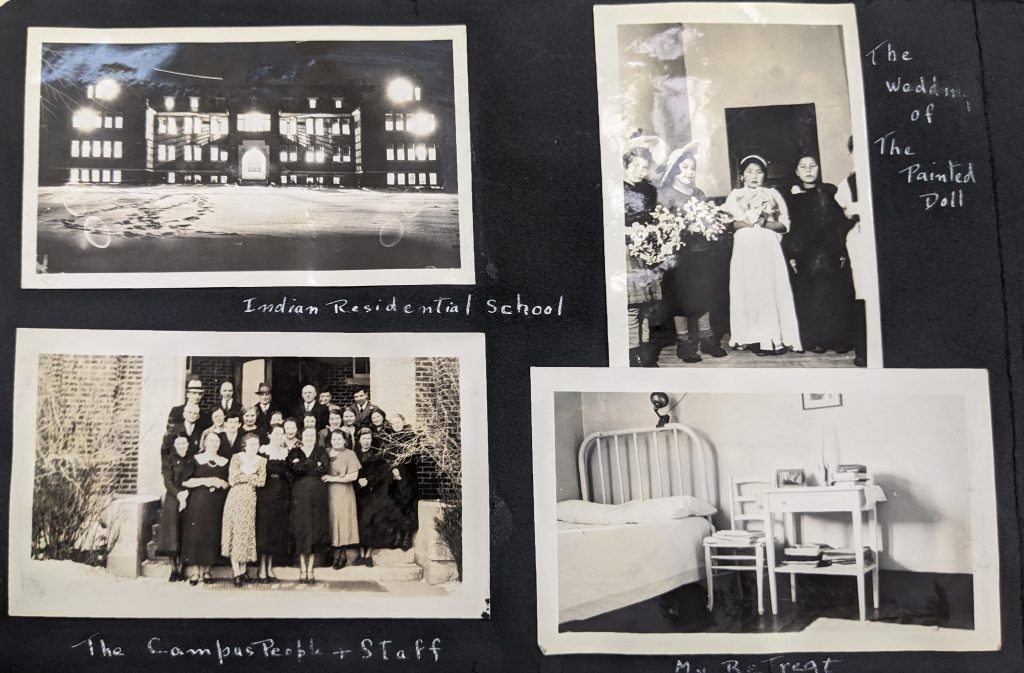
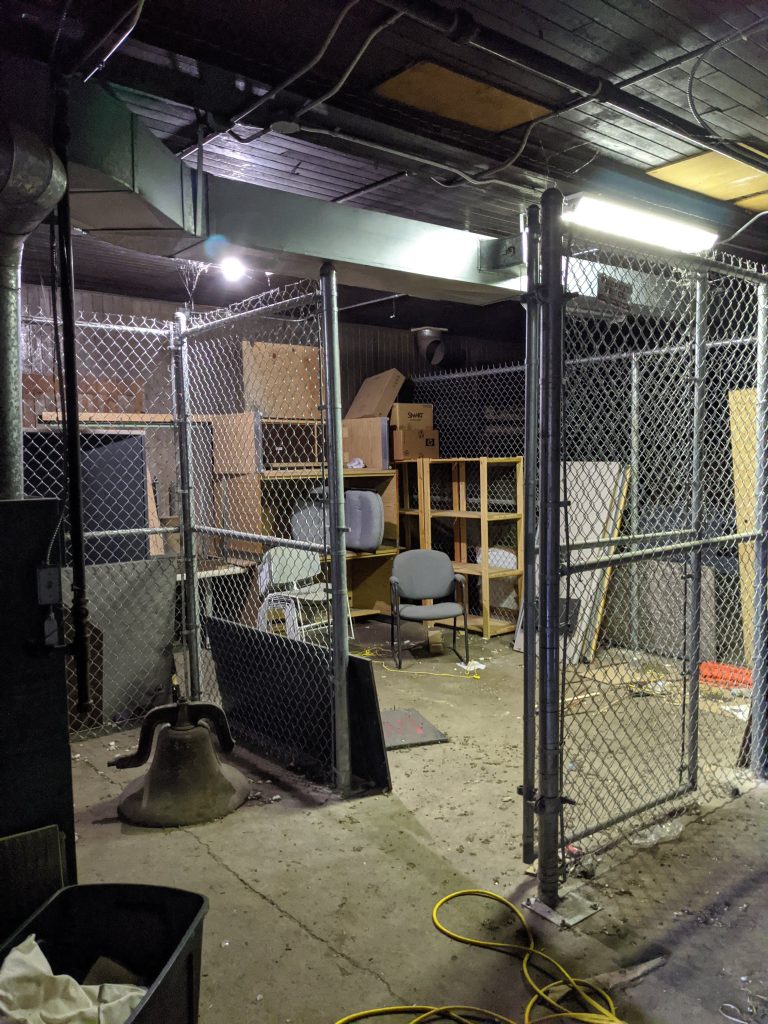
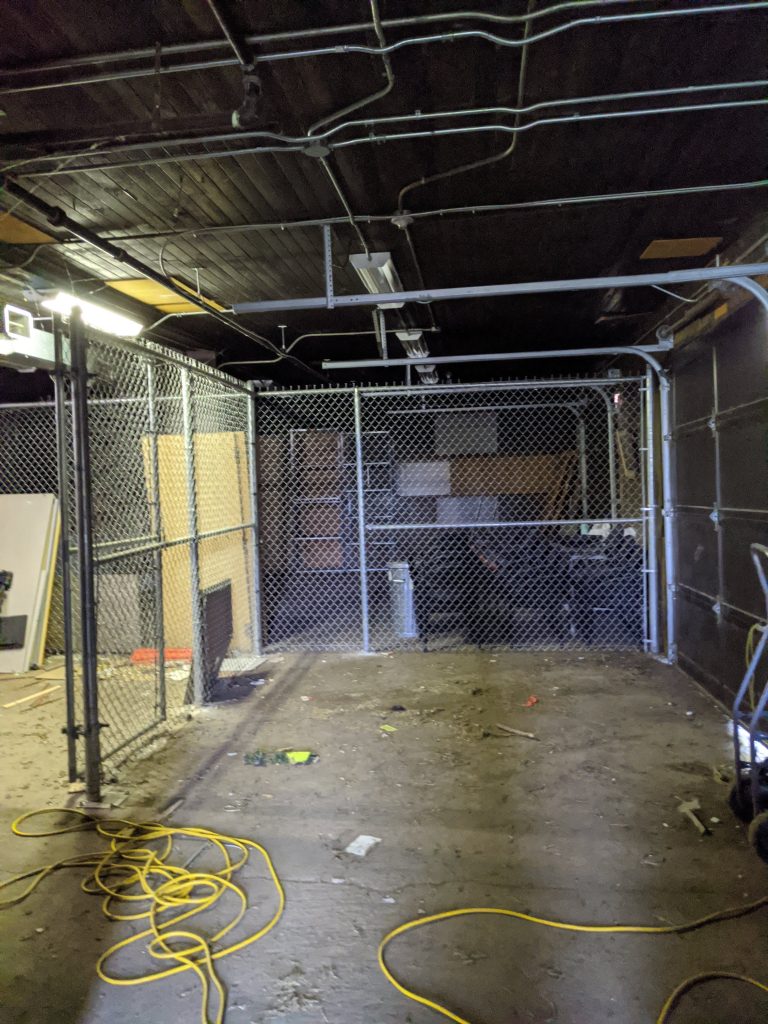
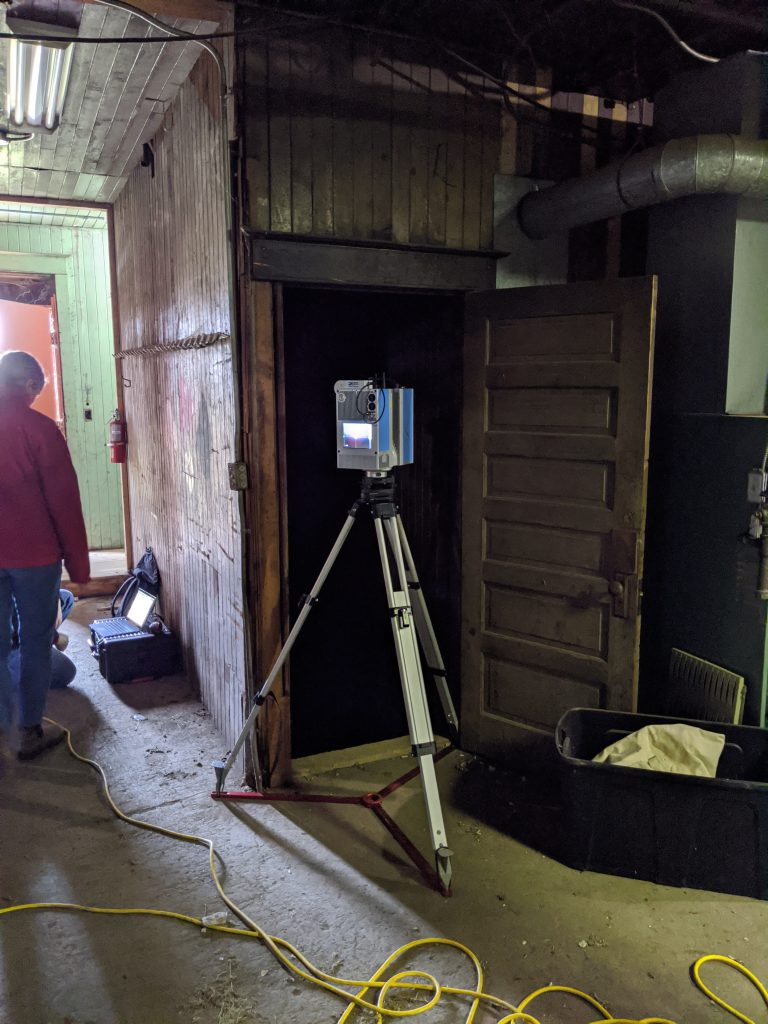
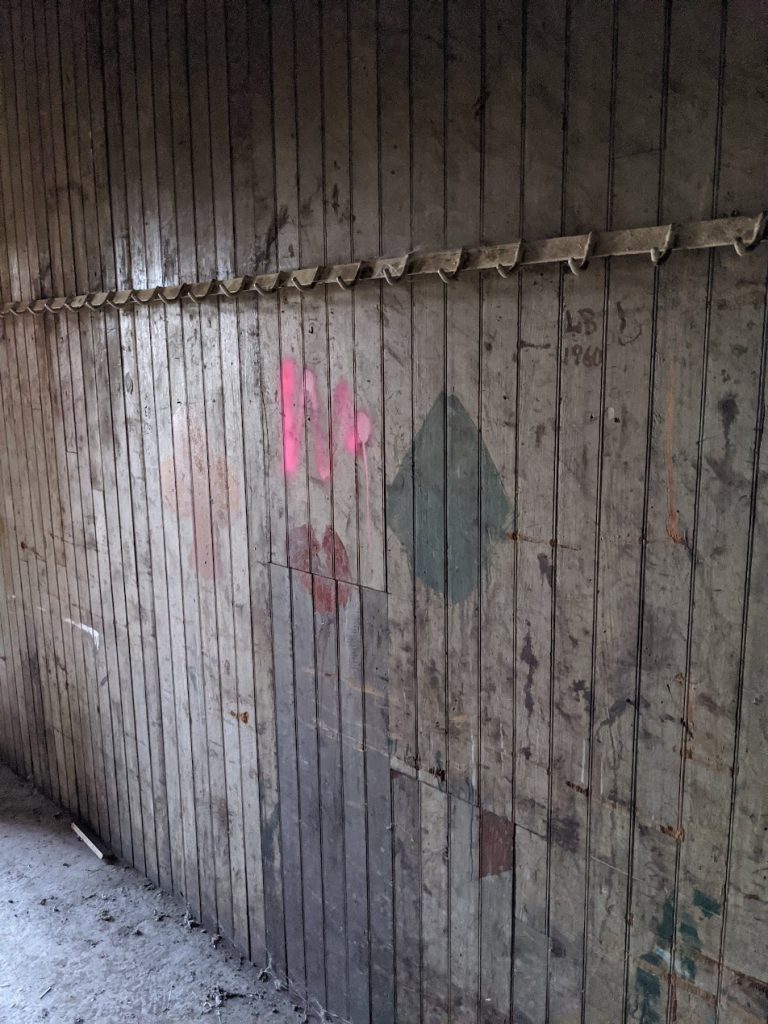
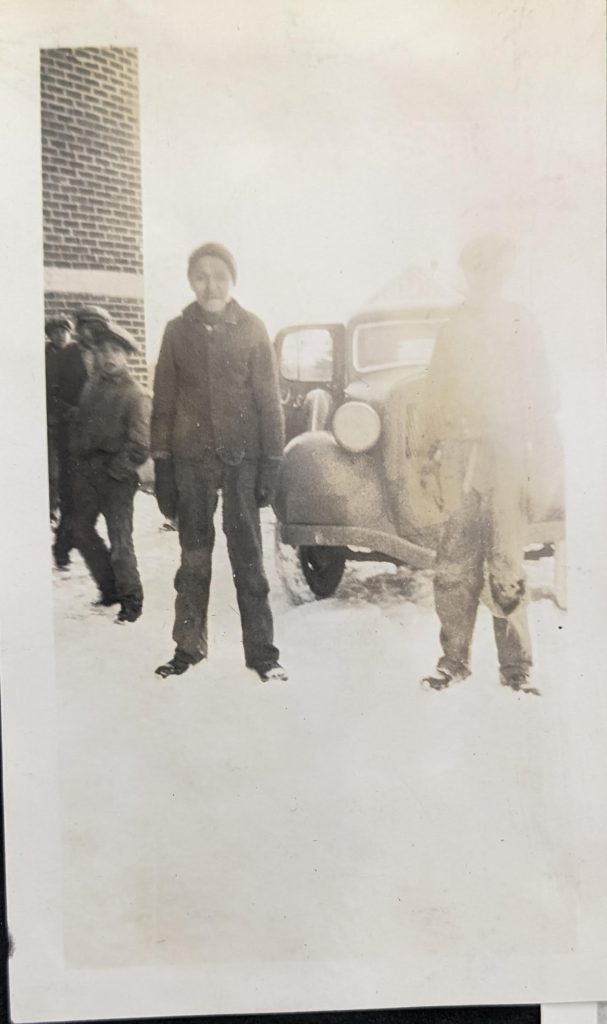
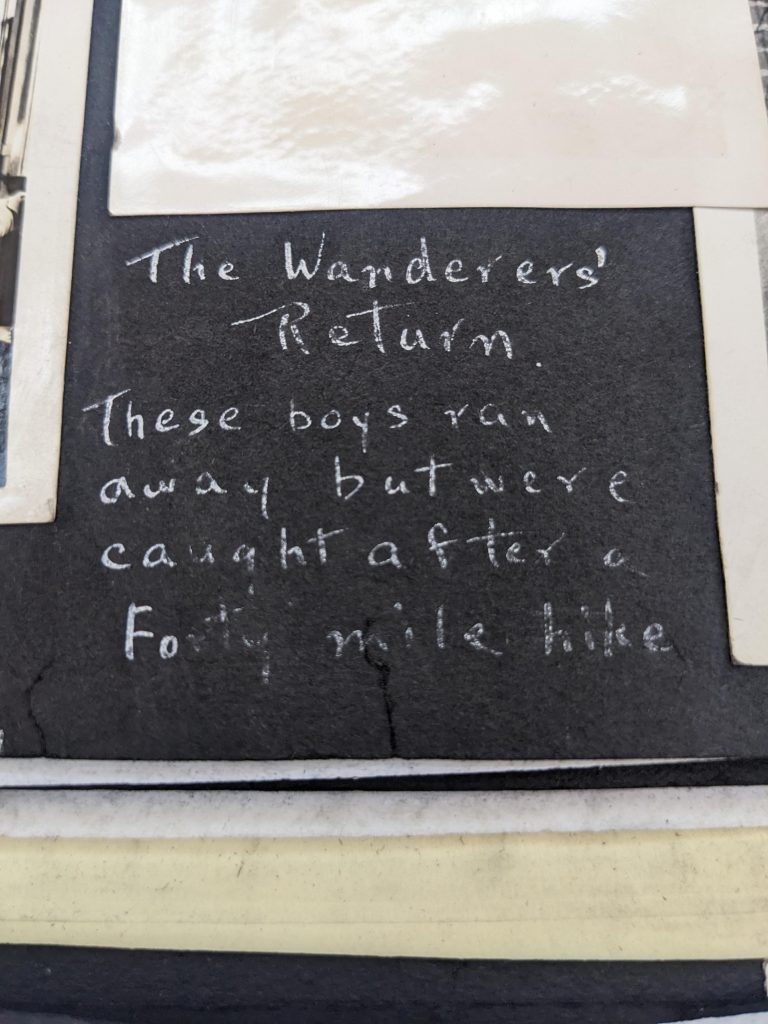
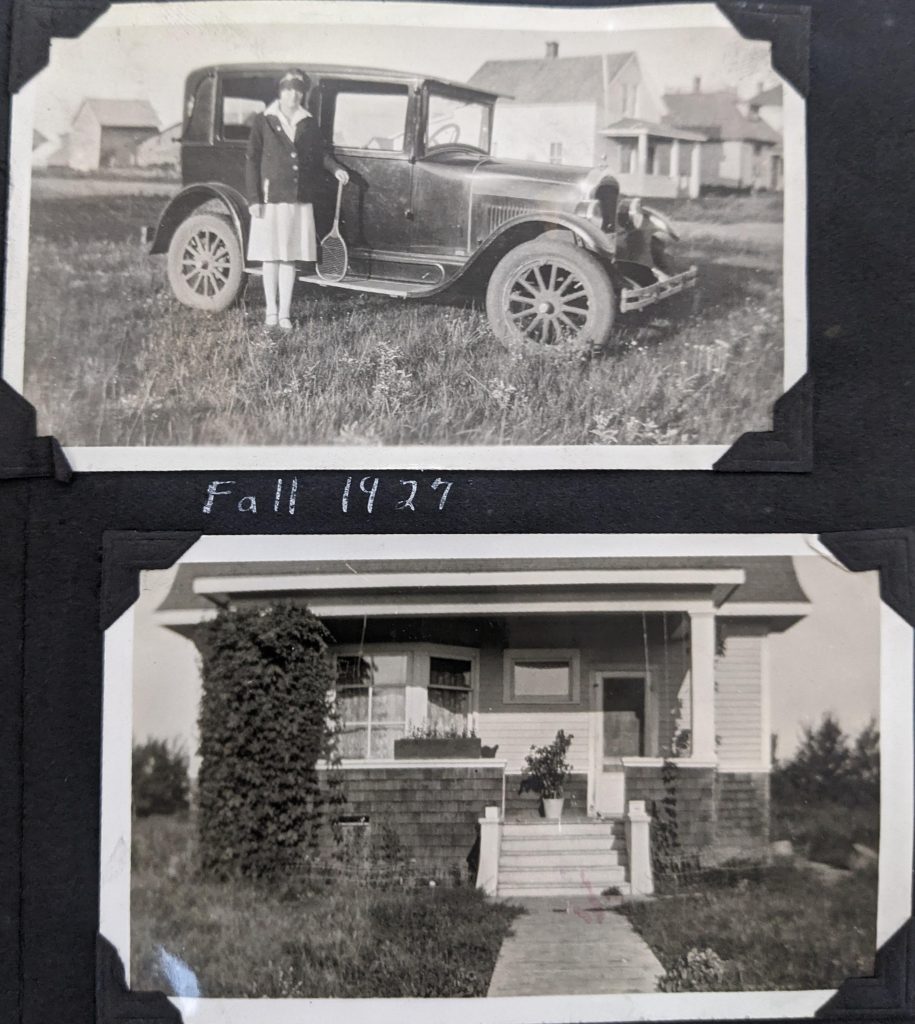
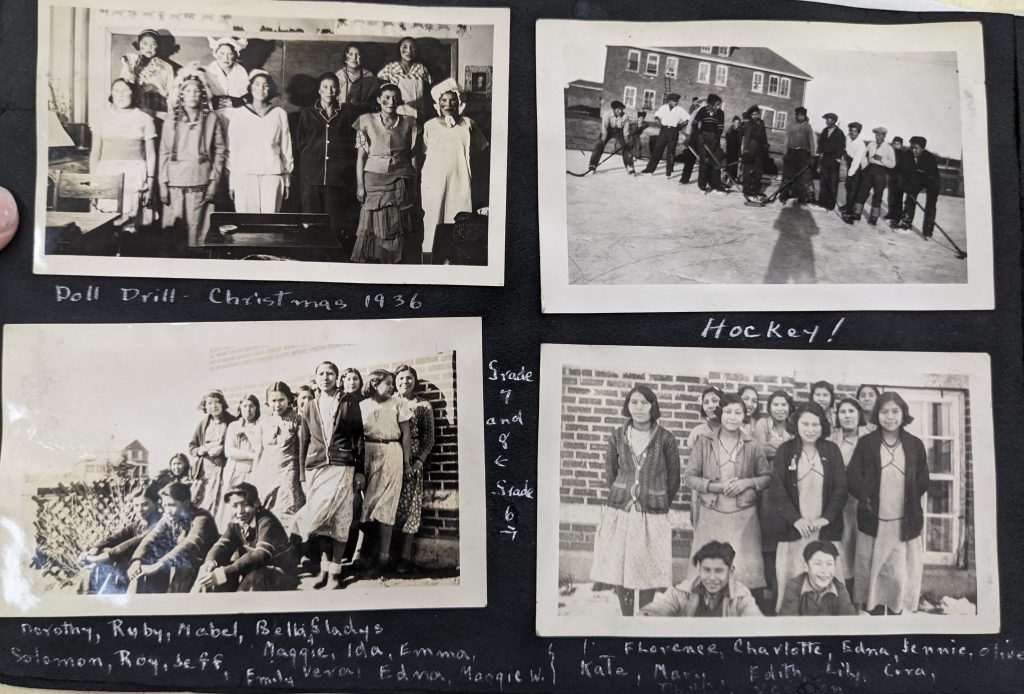
Laser scanning data can be used to create “as built” architectural plans which can support repair and restoration work to The Edmonton Indian Residential School Carriage House. The main school building was lost to fire in 2000. This plan was created using Autodesk Revit and forms part of a larger building information model (BIM) of the school. The Revit drawings and laser scanning data for this school are securely archived with access controlled by Poundmaker’s Lodge Treatment Center.
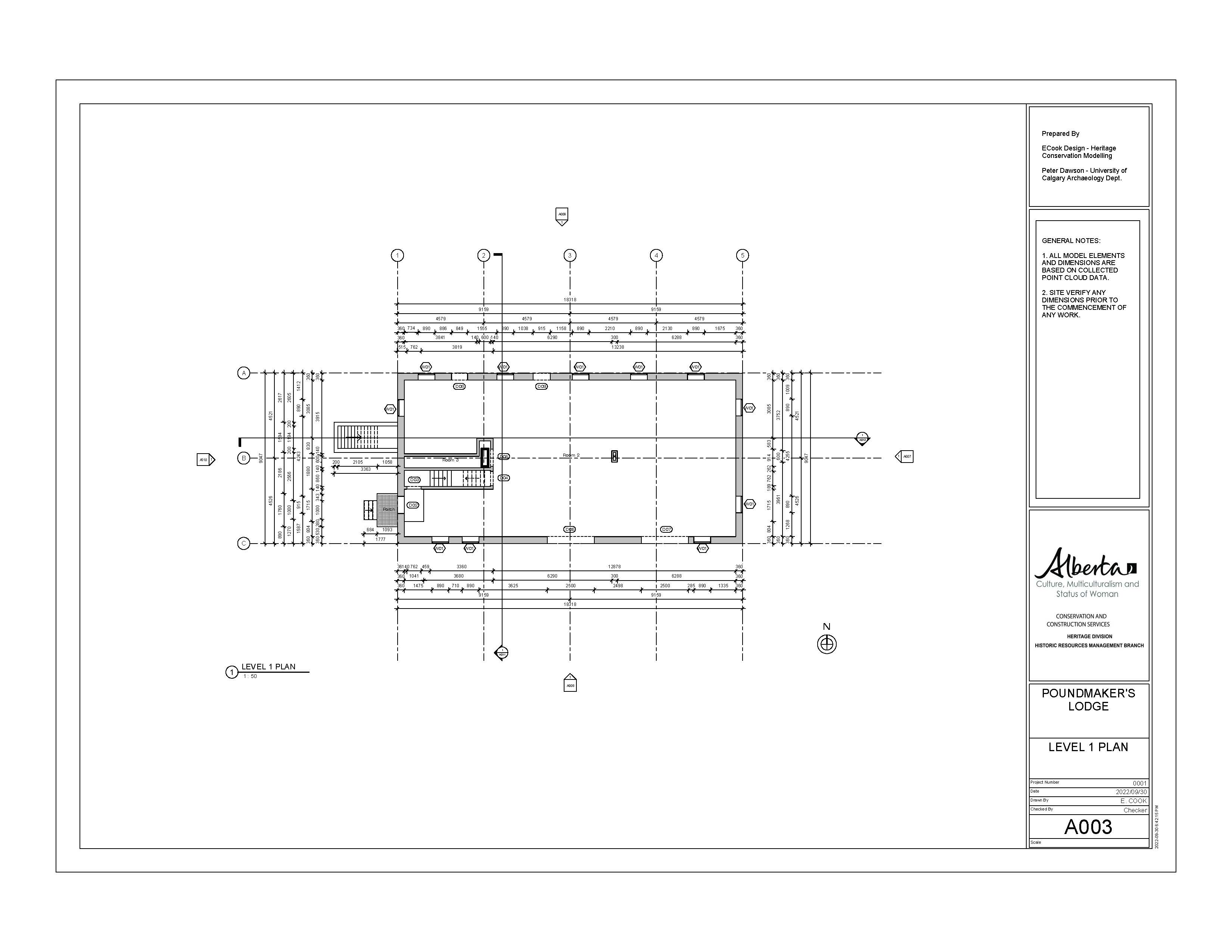
Isabell Muldoe- There Were Many Rules
The boys were more… they had more freedom than we did. They were able to wander around in the fields, in the bushes, and whatever, but we were fenced in like a bunch of cows. We were not allowed to go beyond the wire fences, and they were wired fences. If we were caught outside those fences we were punished, severely, strapped or else you had to do extra, extra work, along with your duty monthly duties.
We were always hungry. When we got there, our clothes were taken away, they were put in little cubicle boxes. We all had a number, and we immediately had our clothes marked by numbers. Only on Sunday could we wear our clothes that we brought along. We had to wear school clothes and by the time half of the year came along, we couldn’t fit those clothes anymore, that we brought along.
We were not told the rules when we got there. Of course, there were many rules. We learned from the others, or we learn by the mistakes that we made, while we were there, and we got punished. I don’t know if the students that were there already, who knew the rules already, might have enjoyed watching us suffer being punished because we didn’t know the rules… but, we weren’t, the rules weren’t shared.
We never went anywhere, like I said. If you were lucky enough to be in a group called CGIT which was run by United Church, the girls that were in it were lucky enough to go on an outing, and that wasn’t very often. The door doors were always locked. Locked going upstairs to the dorm, to the sewing room, every door was locked. And today, well lately I’ve been wondering… what would have happened if there was a fire? We would have been trapped. I don’t know if they ever thought of that.
The only reason we knew that a supervisor was coming was because each had a big ring of keys we’d hear them jangling, then we behave ourselves for whatever wrong we thought we were doing. We’d sit there and stand there or whatever, and act innocent- from what? I don’t know. What wrong could we do? We were locked up.
Decisions were always made for us. We never had a choice. You had to line up, you had to go to church, you had to do this, you had to do that. We had chores, and if we didn’t do them, like I said we were punished. Even today, I find it hard to make a decision.
– Isabell Muldoe
Notes:
Isabell Muldoe Testimony. SP205_part06. Shared at Alberta National Event (ABNE) Sharing Panel. March 29, 2014. National Centre for Truth and Reconciliation holds copyright. https://archives.nctr.ca/SP205_part06

Explore Floors and Rooms
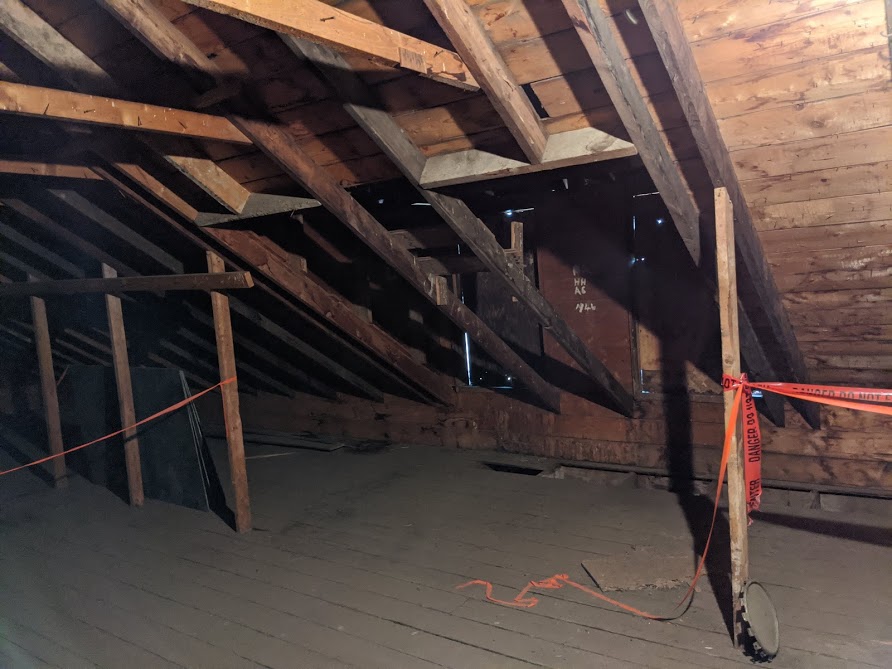
Carriage House Fourth Floor
The Fourth Floor/Attic of Poundmaker’s Lodge Carri…
Read more
Carriage House Third Floor
The Third floor of Poundmaker’s Lodge Carriage Hou…
Read more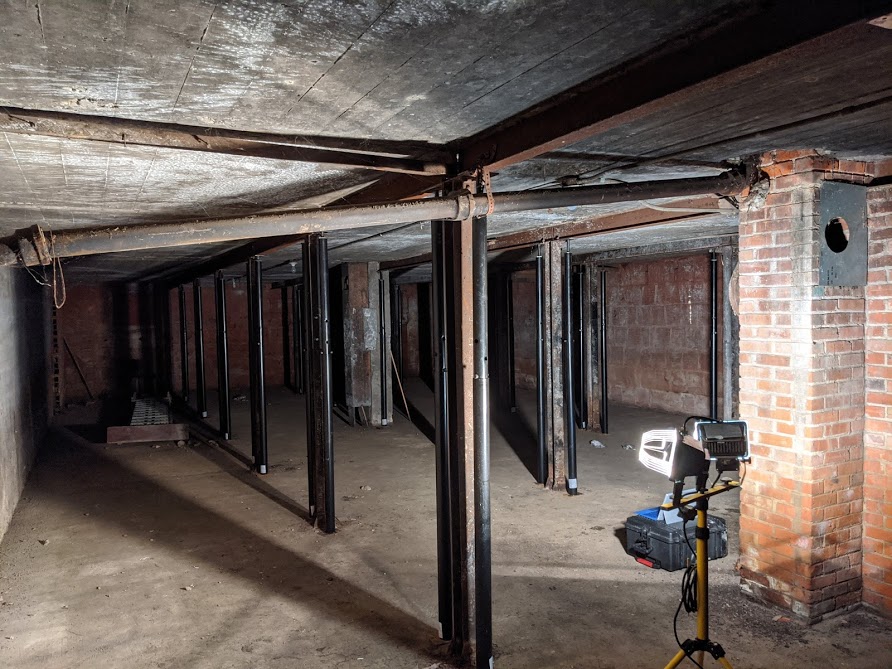
Carriage House First Floor
The First Floor/Basement of Poundmaker’s Lodge Car…
Read more
Carriage House Exterior
The Exterior of Poundmaker’s Lodge Carriage House….
Read more
